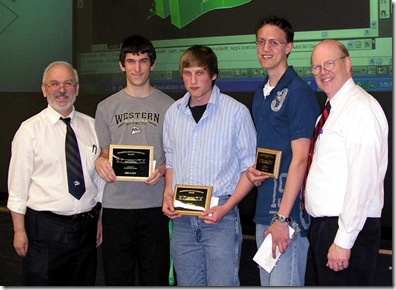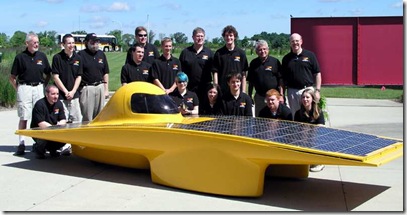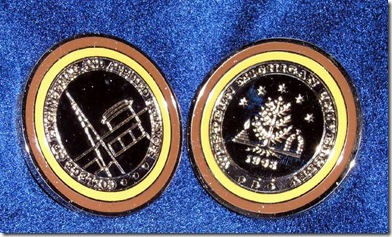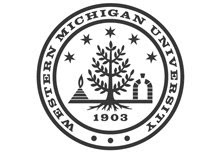Slobodan Urdarevik, lead lecturer for IME 1420 Engineering Graphics, presented awards to the three winners of the Fall 2009 AutoCAD competition before students enrolled in the Spring 2010 IME 1420 class.
The AutoCAD competition is held at the end of each semester for the 300 or more students enrolled in IME 1420. For the class, they complete about 50 assignments. For the competition, students create a two-dimensional AutoCAD drawing and a 3D-solid model of a complicated part. They must show all dimensions and all symbols needed for manufacturing.
Urdarevik praised the winners of the last fall’s competition. “This competition was very close,” he said. “All three winners did excellent work.”
Fall 2009 AutoCAD Winners
First-year mechanical engineering major Nick Loedeman won first-place. He graduated from Mattawan High School, where he took two years of board drafting and one year of CAD related experience. That experience included a month of AutoCAD. For the rest of the year, he studied ProEngineer. He presently belongs to the Society of Automotive Engineers, where he has been putting his education and experience to work on the suspension team of the Formula SAE project. His future plans are open.
The second-place winner is Daniel Thomas, a first-year mechanical engineering major. A Middleville, MI, native, Thomas graduated from Thornapple-Kellogg High School, where he had four years of computer-aided design (CAD) classes. He used his CAD abilities at an internship with Middleville Tool and Die last summer. His goal is to eventually design off-road race cars.
Earning third place is Jacob Cammenga, a first-year aeronautical engineering major and a graduate of Hudsonville High School. He came to WMU with two years of classes in CAD. He hopes to join AIAA and work on the Design, Build, and Fly competition. His future plans include finding an internship to prepare him for a future career at NASA.
All three winners received Best Buy gift cards and engraved plaques, which were donated by Dr. Hooks, Inc., a Kalamazoo-based business.
Dr. Paul Engelmann, IME department chair, congratulated the winners and encouraged the audience members to participate in this semester’s AutoCAD challenge. “These students have earned recognition that demonstrates their ability to apply what they have learned in the classroom,” he said. “You all have the same opportunity next week.”
Mamo wins 2nd TA Award
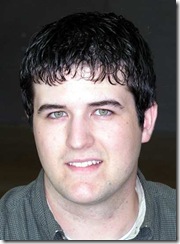 Eric Mamo,a teaching assistant (TA) for IME 1420 Engineering Graphics, has been voted the “Best TA for Fall 2009.” It is the second
Eric Mamo,a teaching assistant (TA) for IME 1420 Engineering Graphics, has been voted the “Best TA for Fall 2009.” It is the second time that the mechanical engineering senior has won the award. He won his first TA award for the Fall 2008 semester.
Selection is determined by a vote by all the TAs who instruct each semester’s more than 300 students in the fine points of AutoCAD and drafting. “I enjoy all aspects of teaching the lab,” he said. He came to WMU from Milford, on a Michigan Builders’ Trade Scholarship.
An avid archery competitor, Mamo organized and actively supported Bronco Archery RSO. In 2007, he achieved the designation of All-American Academic, which means that given his GPA and his placement in archery competitions, he was one of the top American competitors. In Summer 07 he represented WMU at the Collegiate Archery World Championship in Valencia, Venezuela.
In 2008, Mamo interned with Cornerstone Engineering in Wixom.
For more information about CAD drafting at WMU, e-mail Urdarevik at slobodan.urdarevik@wmich.edu
